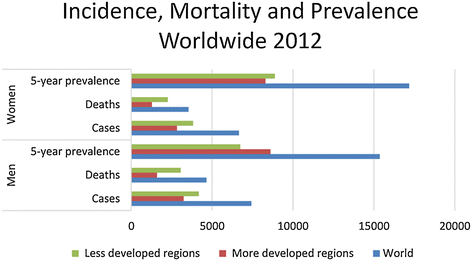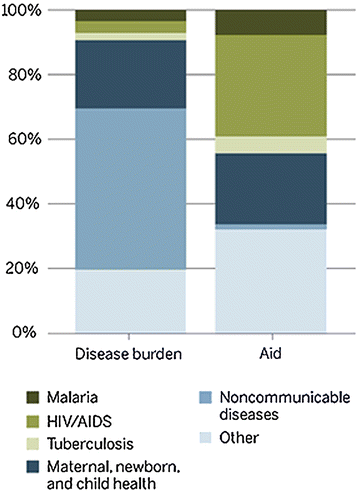EPMA position paper in cancer: current overview and future perspectives
- PMID: 25908947
- PMCID: PMC4407842
- DOI: 10.1186/s13167-015-0030-6
EPMA position paper in cancer: current overview and future perspectives
Abstract
At present, a radical shift in cancer treatment is occurring in terms of predictive, preventive, and personalized medicine (PPPM). Individual patients will participate in more aspects of their healthcare. During the development of PPPM, many rapid, specific, and sensitive new methods for earlier detection of cancer will result in more efficient management of the patient and hence a better quality of life. Coordination of the various activities among different healthcare professionals in primary, secondary, and tertiary care requires well-defined competencies, implementation of training and educational programs, sharing of data, and harmonized guidelines. In this position paper, the current knowledge to understand cancer predisposition and risk factors, the cellular biology of cancer, predictive markers and treatment outcome, the improvement in technologies in screening and diagnosis, and provision of better drug development solutions are discussed in the context of a better implementation of personalized medicine. Recognition of the major risk factors for cancer initiation is the key for preventive strategies (EPMA J. 4(1):6, 2013). Of interest, cancer predisposing syndromes in particular the monogenic subtypes that lead to cancer progression are well defined and one should focus on implementation strategies to identify individuals at risk to allow preventive measures and early screening/diagnosis. Implementation of such measures is disturbed by improper use of the data, with breach of data protection as one of the risks to be heavily controlled. Population screening requires in depth cost-benefit analysis to justify healthcare costs, and the parameters screened should provide information that allow an actionable and deliverable solution, for better healthcare provision.
Keywords: Biobank; Biomarker; Disease modeling; Expert recommendation; Individual profile; Multimodal diagnostics; Predictive preventive personalized medicine; Risk assessment; Screening; Standardization.
Figures
References
-
- World Health Organisation. Global status report on noncommunicable diseases 2010. http://whqlibdoc.who.int/publications/2011/9789240686458_eng.pdf?ua=1. Accessed 18 Jan 2014.
-
- Enserink M. After the windfall. Science. 2014;345(6202):1258–9. - PubMed
LinkOut - more resources
Full Text Sources
Other Literature Sources
Molecular Biology Databases



